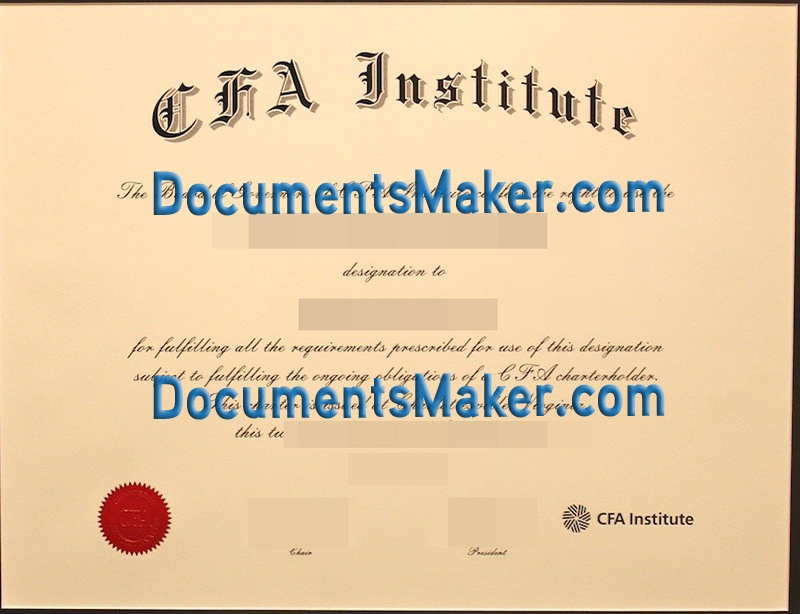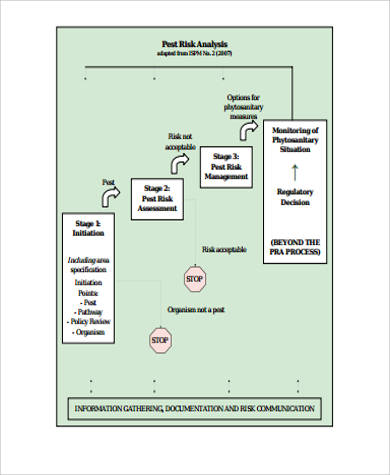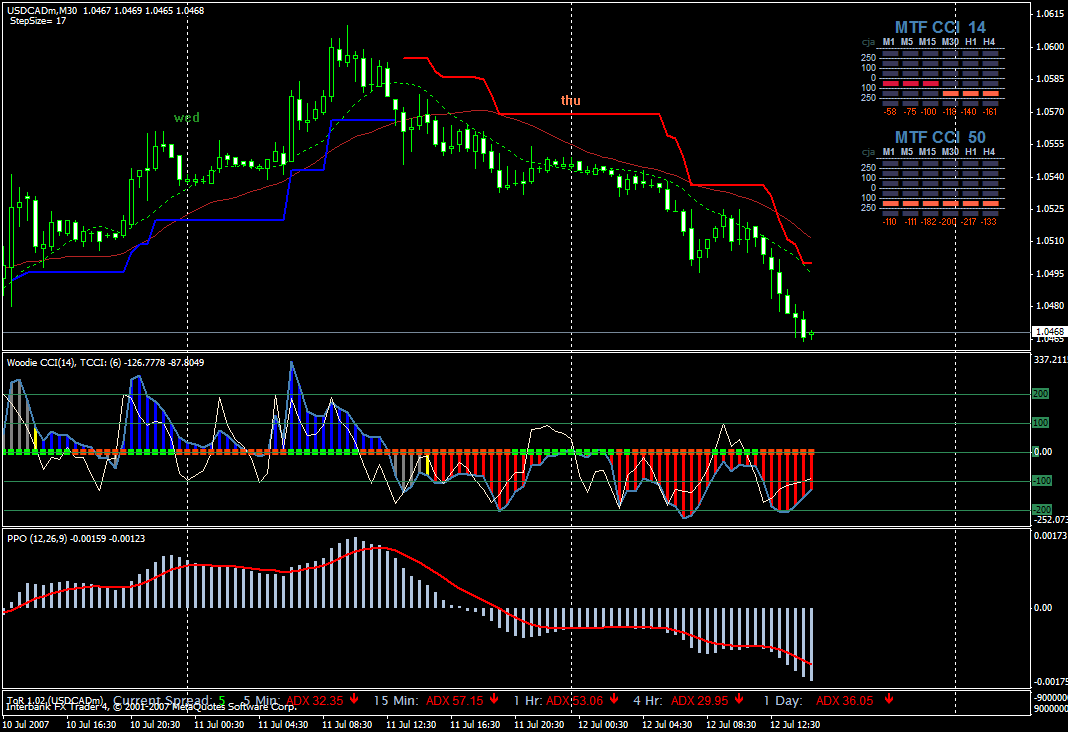The 8 Steps of the Accounting Cycle
Contents:


Every time a transaction takes place, debit and credit must be recorded in the journal. The main purpose of drafting an unadjusted trial balance is to check the mathematical accuracy of debit and credit entries recorded under previous steps. The total of debit column and credit column of trial balance must be the same – remember the rule from accounting equation that for every debit entry there must be a corresponding credit entry. Posting is the process of forwarding journal entries from journal book to ledger book, commonly known as general ledger.
The accounting cycle is critical because it helps to ensure accurate bookkeeping. Skipping steps in this eight-step process will likely lead to an accumulation of errors. If these errors aren’t caught and corrected, they can give you and your employees an inaccurate view of your company’s financial situation.
Each one of them relates to an https://1investing.in/ transaction that has taken place. We’re going to go over all of the steps and provide examples of what each step would look like. Record adjustments to bring account balances up to date; journalize and post adjustments. Transactions having an impact on the financial position of a business are recorded in the general journal. Events are analyzed to find the impact on the financial position or to be more specific the impacts on the accounting equation.
Like everything else about bookkeeping and accounting, the accounting cycle is a process that can help you categorize and enter your transactions properly. Using the accounting cycle also helps to ensure that you and your accountant both have a complete and accurate overview of the financial health of your business. Failing to identify transactions would cause the subsequent steps in the accounting cycle to be inaccurate.
Post entries to the general ledger
And tomorrow, the cycle will start all over again, back at step one. Now that all the books are balanced, accountants can create the financial statements. Public companies must follow specific guidelines, while a private business’ statements may vary with its needs. The three primary statements generated at this time are the income statement, balance sheet, and cash-flow statement.
To make record keeping easier, companies will link their books to point of sale systems to collect sales data. Besides revenue, companies will also record expenses which may be of varying nature such as rent, wages, fuel, transportation costs, etc. Financial statements can be prepared from the adjusted trial balance.

It creates a debit for where the money is going, and a credit for where it is ending up. This period of time is often referred to as the accounting period. An accounting period is the time period that financial statements refer to.
The first statement of retained earnings to preparing an unadjusted trial balance is to sum up the total credits and debits in each of your company’s accounts. These are used to calculate individual balances for each account. The final step in the accounting cycle is the reporting period which encompasses preparing and publishing the period’s financial reports. Since the reports disclose all transactions through the last day of the period, such information is published after the accounting period is closed. Therefore, the time between the last day of the cycle and the day all financial statements are published is closed may vary in length. Period-end adjustments are required to bring accounts to their proper balances after considering transactions and/or events not yet recorded.
Step 3: Prepare an unadjusted trial balance
These are different in that a budget cycle takes into account transactions that may happen in the future while an accounting cycle records transactions that have already happened. Once journal entries are recorded and approved, they are posted to the general ledger. The GL is the master record and summary of all financial transactions, broken down by account.
With double-entry accounting, each transaction is recorded as a debit and corresponding credit in two or more subledger accounts. Exactly when the transaction is recorded depends on whether the business prefers the accrual accounting method or the cash accounting method. The accounting cycle is a sequence of steps that generates a company’s books and records.
Step 3. Identify the Relevant Accounts
Identify which accounts are to be used to record the transaction. The first step of accounting cycle is to analyze each transaction as it occurs in the business. This step involves determining the titles and nature of accounts that the transaction will affect. Each business transaction must be properly analyzed so that it can be correctly recorded in the journal. The equity accounts means the most in the closing entries because an insurance company has to equalize the balance sheets. The accounting cycle begins with a transaction and ends with a company closing its books.
Beginner’s Guide to the Accounting Cycle – business.com – Business.com
Beginner’s Guide to the Accounting Cycle – business.com.
Posted: Wed, 16 Feb 2022 16:23:46 GMT [source]
With NetSuite, you go live in a predictable timeframe — smart, stepped implementations begin with sales and span the entire customer lifecycle, so there’s continuity from sales to services to support. You may get a sense of each account’s unadjusted balance from the trial balance. In this stage, businesses go through every transaction that has affected their finances. The closing of this cycle gives an insight into the financial health of a business and a scope for improvement.
This is called double-entry accounting, and thanks to technology, this is now more or less automatic, as long as you properly classify the transaction in your accounting software. Keep your accounting cycle on track with a daily accounting checklist. Steps include refreshing your financial data, recording payments and categorizing expenses.

One of the problems with gift cards is that fraudsters are using the retailer’s weak internal controls to defraud the retailer’s customers. A fraudster can hack into autoloading gift cards and drain a customer’s bank account by buying new, physical gift cards through the autoloading gift card account. This is a real problem, and an internal control to reduce this type of fraud is to use a double verification system for the transfer of money from a bank account to reloadable gift card account. Accountants can help their organization limit gift card fraud by reviewing their company’s internal controls over the gift card process.
The general ledger provides a breakdown of all accounting activities by account. This allows a bookkeeper to monitor financial positions and statuses by account. One of the most commonly referenced accounts in the general ledger is the cash account which details how much cash is available. The eight-step accounting cycle starts with recording every company transaction individually and ends with a comprehensive report of the company’s activities for the designated cycle timeframe. Many companies use accounting software to automate the accounting cycle. This allows accountants to program cycle dates and receive automated reports.
This proves the accuracy of the accounting records at the end of the trading period. Financial statements are prepared at the end of each accounting period to understand the earnings and financial position of the business concern. Summarizing refers to the preparation of a trial balance from the debit and credit balances of the ledger accounts. Closing the books takes place at the end of business operations on the last day of the accounting period. Then, the next day, a new accounting period begins, and new books are opened.
In this step, documents such as receipts, invoices, bank statements, etc., will be looked into, as they provide proof of each financial activity taking place. The length of the accounting cycle varies from company to company. It may be monthly, quarterly, semiannually, or annually, depending on when the financial statements of the company are published. Regardless of the timing of the accounting cycle, the processes involved remain the same.
How to Prepare an Adjusted Trial Balance for Your Business – The Motley Fool
How to Prepare an Adjusted Trial Balance for Your Business.
Posted: Wed, 18 May 2022 07:00:00 GMT [source]
Picture Perfect’s bookkeeper clears off his desk and gets ready for the next day, when he starts working on the new accounting period. Businesses always have a check on the accounting cycle before making any important financial decisions such as cash, assets, loans, and debts. This is the last step, where the books of accounts are closed at a specified closing date. To maintain accuracy in the process, it is advised to follow some steps and rules of the accounting methods. The objective behind the matching concept is to prevent misstating the earnings. Mary Girsch-Bock is the expert on accounting software and payroll software for The Ascent.
- It is shown as the part of owner’s equity in the liability side of the balance sheet of the company.
- The accounting cycle’s systematic approach helps record every important transaction in the accounting book.
- We begin by introducing the steps and their related documentation.
- She has experience teaching math to middle school students as well as teaching accounting at the college level.
This includes when a financial transaction occurs, all the way to the creation of financial statements. If it has anything to do with bookkeeping tasks, it’s part of the accounting cycle. From time to time, you may hear it referred to as the bookkeeping cycle. Double-entry accounting, all of a company’s debits must equal all credits. If the sum of the debit entries in a trial balance doesn’t equal the sum of the credits, that means there’s been an error in either the recording or posting of journal entries.
- We will now continue and look at the business accounting processes and procedures.
- Many companies like to analyze their financial performance every month, while others focus on quarterly or annual reports.
- A cash flow statement shows how much money came in and went out of a company during a given time period.
- As the temporary ones have been closed only the permanent accounts appear on the closing trial balance to make sure that debits equal credits.
This step is also where bookkeepers will ensure that debits and credits are equal. This step also allows businesses that use accrual accounting to adjust for revenue and expenses. At the end of an accounting period, an unadjusted trial balance is created to verify that the total debit entries equal the total credit entries. The unadjusted trial balance is a list of accounts and their balances before any adjusting entries are made to create the financial statements. We will create the unadjusted trial balance by simply entering the ending balances in the ledger accounts from the previous step and adding up the debits and credits to see if they balance. The accounting cycle is a series of steps that begins the moment a transaction is made and culminates when a business closes its books at the end of an accounting period.
